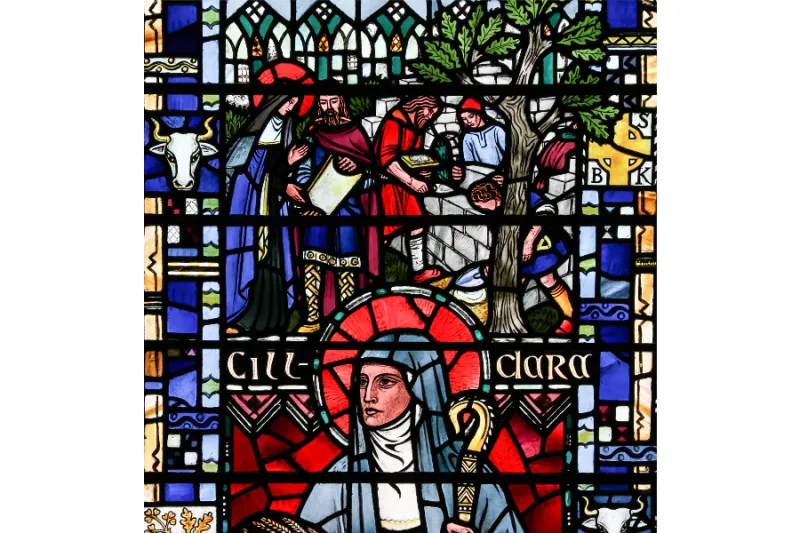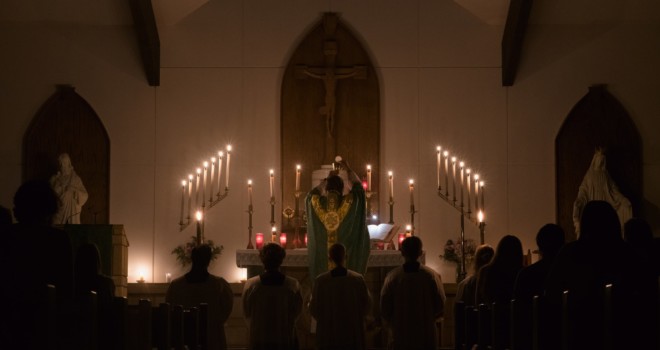Pope praises Salesians after watching Mass on TV (CNS)
“I followed the Mass celebrated in the shrine of Mary Help of Christians (in Turin) by the rector major, (Father) Ángel Fernández Artime,” Pope Francis said following his January 30 Angelus address.
The Pope added that St. John…
Read More Today, the command to “follow the science” is the perfect tool to speed the centralization of governmental power all in the name of combatting COVID-19.
Today, the command to “follow the science” is the perfect tool to speed the centralization of governmental power all in the name of combatting COVID-19.
 The Dogmatic Constitution on the Liturgy emphasizes a key point so as to derive the maximum fruit from every Mass with these words: “To participate fully, actively, and consciously in the Mass…” As a further stimulus to live out the Mass to the fullest extent possible, recall the words on the plaque in many of […]
The Dogmatic Constitution on the Liturgy emphasizes a key point so as to derive the maximum fruit from every Mass with these words: “To participate fully, actively, and consciously in the Mass…” As a further stimulus to live out the Mass to the fullest extent possible, recall the words on the plaque in many of […]
Recent Comments